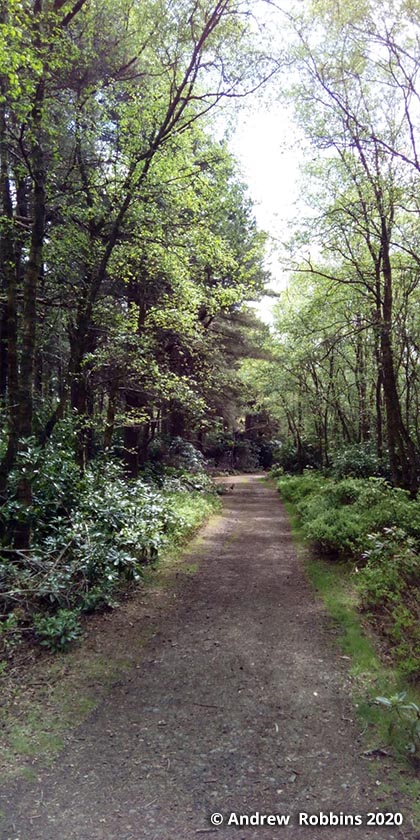Now that most of the world is in lockdown there is an eery feeling on empty city streets. The lane closest to our home just across the water meadows in leafy Wiltshire, UK barely echoes with car engines. Sadly though we have had our share of blue light ambulances presumably transporting sick folks to our local hospital.
We are encouraged to self-isolate (those of us in the silver haired generation) and so we marvel at the wonderful community spirit building up especially within our younger next generation. We who have always been the volunteers now have to stand back and let our young people take up the reins. I suspect when all this shakes out, we shall see new models of philanthropy developing in the younger generation. It won’t be money they will give, but time and talents. I look forward to seeing how it works out.
However, our observations have not been totally positive and we have all had to go through a learning curve. After a surge in demand for toilet rolls, it appears there was a national shortage of bread flour. Now after several weeks those products are back on the shelves while there is increased demand for loose tea rather than teabags. What are we doing??
Meanwhile, in the laboratory, our little thraustos still need care and attention. As our Science Director and research associate pad along the corridor to our lab working in a socially distanced manner, there is a quietness to the building which belies its importance to the Covid crisis. Like many other institutions, our landlords are offering help in whatever way they can whether in the release of equipment or offering part of their facility for a testing site. Even microalgae are playing their part. I recently read of researchers in the USA using a red algae from New Zealand which contains an antiviral protein to make Q-Griffithsin which is being used in collaboration with Nicotinia benthamiana extract to prevent the coronavirus from infecting cells. (https://www.algaeindustrymagazine.com/algal-based-nasal-spray-may-prevent-covid-19/).
Our thraustos like pollen grains in their media and, since this is a seasonal product, this is now our busy time of year for pollen collection which, fortunately, is often a solitary occupation and collectors need to enjoy walking the distance it takes to find exactly the right sort of pine tree. Here’s hoping for a bumper harvest.
Whatever road you find yourself walking along, let us find strength and hope in the people (and future researchers) coming along behind us. Stay safe.
